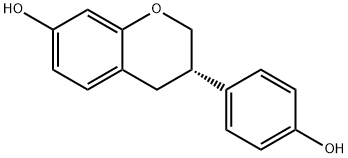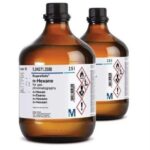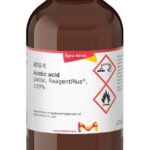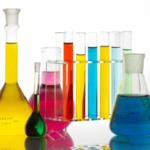| Chemical Properties | White to Off-White Solid |
| Uses | A human urinary metabolite of Daidzein. It is also a natural estrogenic metabolite from soy isoflavones |
| Uses | serine protease |
| Uses | Receptor; binding activity |
| Uses | (S)-Equol and R-Equol are metabolites of the soy isoflavones Daidzein (D103500) and Genistein. Both have significant biological actions. |
| Definition | ChEBI: Equol is a member of hydroxyisoflavans. |
| Biological Activity | equol is an isoflavan produced by intestinal bacteria in response to soy isoflavone intake in human. it shows a wide range of activities including antioxidant activity, anti-inflammation activity and anticancer activity. it is reported that equol specifically binds to 5α-dht and has a modest affinity for recombinant estrogen receptor erβ, which may be responsible for most of equol’s biological properties. [1] |
| in vitro | in vitro studies were conducted to measure both the binding affinity of equol for 5alpha-dihydrotestosterone (5alpha-dht) and the effects of equol treatment in human prostate cancer (lncap) cells. it was found that equol bound to 5alpha-dht with maximum and half maxim concentrations of 100 nm and 4.8 nm, respectively. in addition, equol significantly offset the increases in psa levels from lncap cells. [1] |
| in vivo | an in vivo study was performed to investigate effects of equol on rat prostate weight and circulating levels of sex steroid hormones. 1.0 mg/kg of equol was injected to long-evans rats fed with a low isoflavone diet for 25 days. findings from this study suggested that equol significantly decreased rat prostate weights and down-regulated serum levels of 5alpha-dht. however, this agent did not alter levels of lh, testosterone and estradiol. [1] |
| references | [1]lund td, blake c, bu l, hamaker an, lephart ed. iequol an isoflavonoid: potential for improved prostate health, in vitro and in vivo evidence. reprod biol endocrin. 2011; 9(4): doi: 10.1186/1477-7827-9-4.
[2]setchell dr and clerici c. equol: pharmacokinetics and biological actions. j nutr. 2010 jul; 140(7): 1363s–8s. |









